White Blood Cell Differential Count (Differential, Diff)
| The white blood cell differential count determines the number of each type of white blood cell, present in the blood. It can be expressed as a percentage (relative numbers of each type of WBC in relationship to the total WBC) or as an absolute value (percentage x total WBC). Of these, the absolute value is much more important than the relative value. There are five basic white blood cell types:
Neutrophils (Segmented Neutrophils, Segs, Polymorphonucleocytes, Polymorphonuclear Neutrophils, Polys, PMNs) These are the most common of the WBCs and serve as the primary defense against infection. The typical response to infection or serious injury is an increased production of neutrophils. Bands/Stabs Early in the response to infection, immature forms of neutrophils will be seen. These are call Stab or Band cells. The presence of these immature cells is called a "shift to the left" and can be the earliest sign of a WBC response, even before the WBC becomes elevated. Eosinophils (Eos) These cells play a role in allergic disorders and in combating parasitic infections. Elevations in eosinophil counts are associated with:
Basophils (Baso's) These cells can digest bacteria and other foreign bodies (phagocytosis) and also have some role in allergic reactions. Elevations in basophil counts are associated with:
Monocytes (Mono's) These cells respond to inflammation, infection and foreign bodies by ingesting and digesting the foreign material. Increased monocyte counts are associated with:
Lymphocytes (Lymphs) These cells play both an immediate and delayed role in response to infection or inflammation. Increased numbers of lymphocytes are seen in:
| Normal Values*
*These are general values taken from a variety of sources. The actual normal values may vary from lab to lab and from one type of testing protocol to another. Development of Blood Cells |
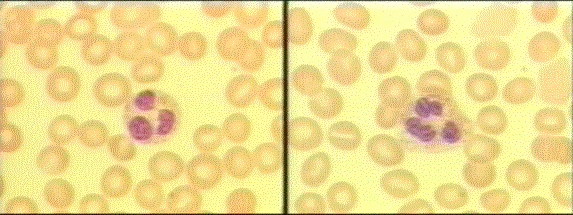

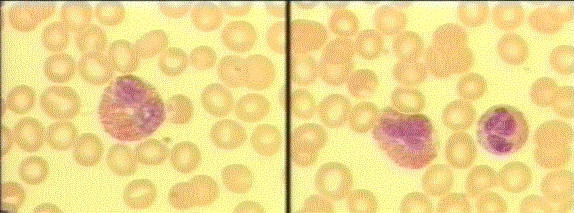
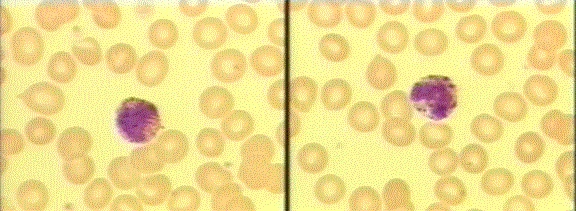
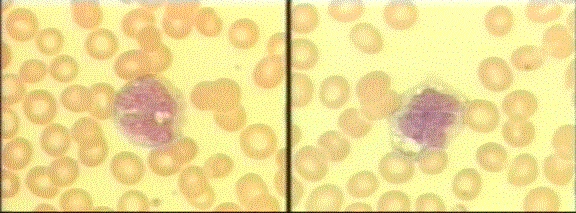
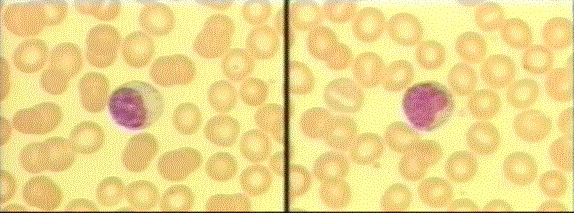
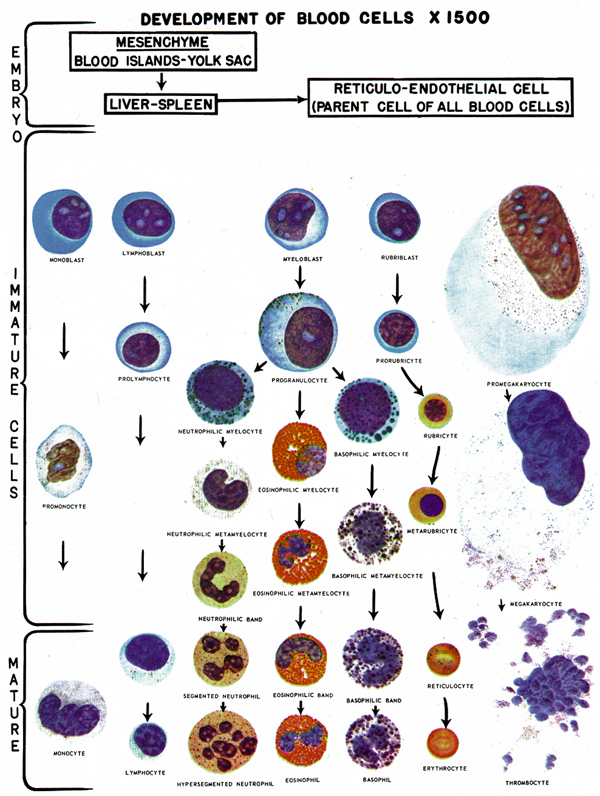

 Paste this code in your HTML editor where you would like to display the counter, at the bottom of the page, in a table, div or under a menu.
Paste this code in your HTML editor where you would like to display the counter, at the bottom of the page, in a table, div or under a menu.
0 komentar:
Posting Komentar